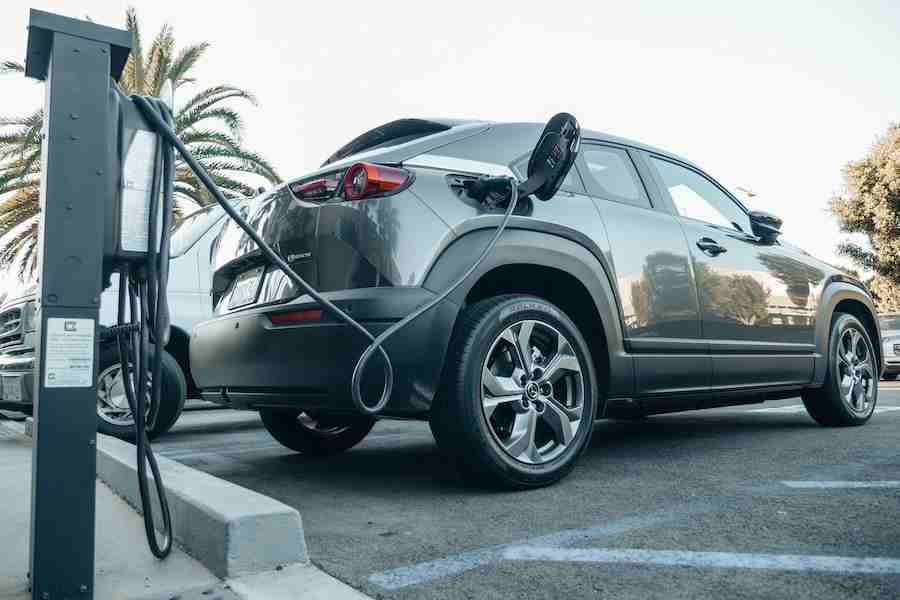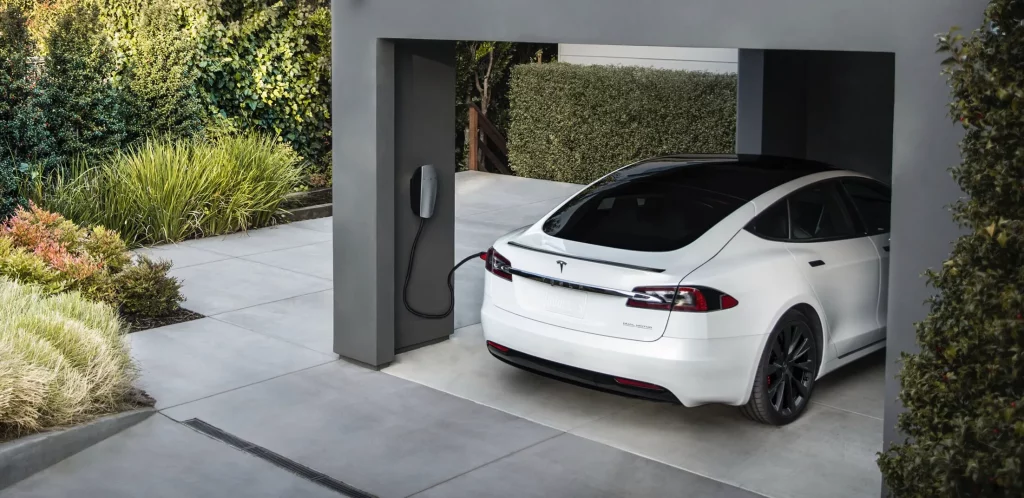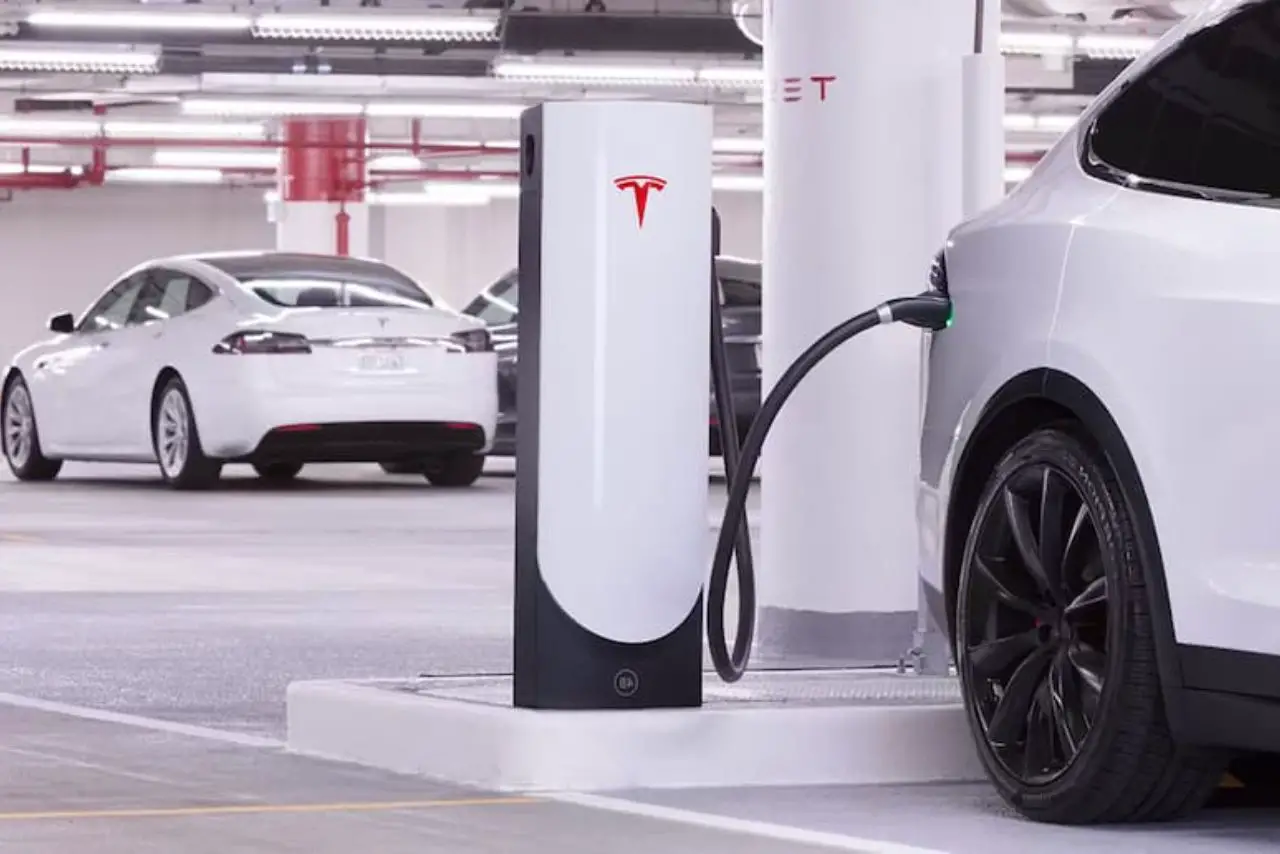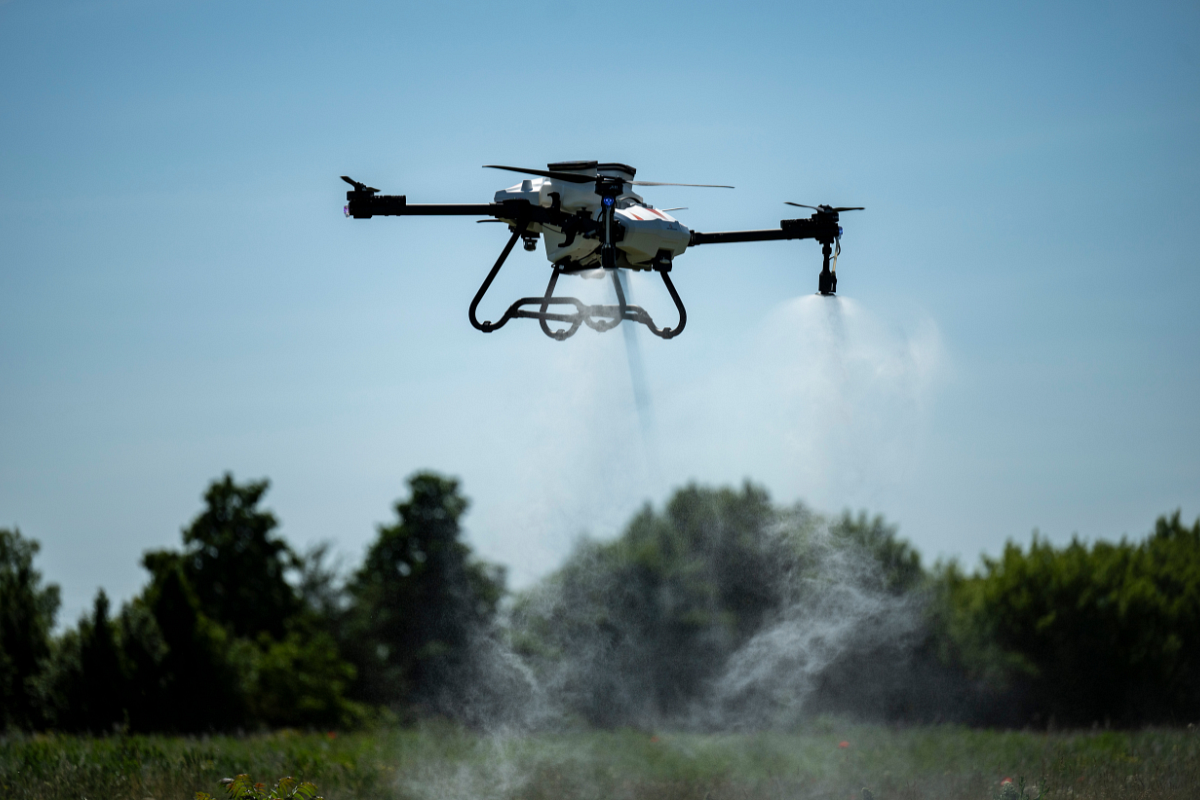Tapping the charger is a common practice among Tesla owners before connecting it to their vehicle’s charging port. This tapping habit, while not essential, helps ensure proper alignment and connection, minimizing the risk of misalignment or debris interference. It provides an added sense of security that the charging process will proceed smoothly without interruptions or errors.
Tesla’s charging design generally facilitates reliable connections, but the tapping habit offers owners peace of mind during the charging procedure.
7 Reasons Why do tesla owners tap the charger

Tesla owners often tap the charger or the charging port for a few reasons, though it’s important to note that not all Tesla owners engage in this behavior, and it’s not officially recommended by Tesla. Here are some common reasons why some Tesla owners might tap the charger:
1. Confirmation of Connection
Tapping the charger or the charging port can give Tesla owners a tactile sense of confirmation that the charging cable is properly and securely connected.
Just like the action of slightly jiggling a regular plug to make sure it’s seated correctly, tapping the charging port can provide reassurance that the electric connection is established.
2. Engagement of Charging
Occasionally, Tesla vehicles might experience a minor glitch in communication with the charging station. Tapping the charger could be an attempt to “wake up” or prompt the vehicle to initiate the charging process if it didn’t start automatically after plugging in.
This action might mimic the way a mobile device responds when tapped to wake it up from sleep mode.
3. Checking for Charge Status
Some Tesla models display charging information on the dashboard or infotainment screen. Tapping the charger could trigger the display to show the current charge status, providing a quick way for owners to confirm that the charging process has begun or to check the rate at which the vehicle is charging.
4. Diagnostic Check
Tesla owners who are technically inclined might believe that tapping the charger could help diagnose charging-related issues. Suppose there are any underlying problems with the charging station, the cable, or the car’s charging system. In that case, tapping might trigger an error message or an indicator light, which could then provide insight into the source of the problem.
5. Superstition or Habit
Over time, behaviors can become habitual, even if they don’t have a clear, practical basis. Some Tesla owners might have heard from others that tapping the charger can help with charging, and they might do it as a superstitious practice, believing that it increases the likelihood of a successful charging session.
6. Interaction with Touch Sensors
Tesla vehicles often incorporate touch-sensitive controls and sensors throughout their design. Tapping the charging port is a way to physically interact with these touch-sensitive components, potentially triggering a response from the vehicle’s system that could be related to charging or diagnostics.
7. Social Influence
In the age of social media and online communities, behaviors and practices can spread quickly among groups of enthusiasts. If one Tesla owner shares their experience of tapping the charger and claiming it resolved a charging issue, other owners might try the same method in similar situations, even if the cause and effect aren’t entirely clear.
In summary, while tapping the charger offers occasional solutions due to coincidences or psychological comfort, it lacks official endorsement from Tesla. For consistent charging issues, relying on the manufacturer’s approved guidelines and troubleshooting procedures is essential. Safety and strict adherence to proper practices remain imperative when dealing with electric vehicles.
How do I tap before charging my Tesla?
Tapping before charging a Tesla generally refers to “tapping” your Tesla’s charging port door to open it before you plug in the charging cable. Here’s a step-by-step guide on how to do it:
1. Prepare Your Tesla
· Approach your parked Tesla and make sure you have the key fob or the Tesla mobile app with you.
· Ensure the car is unlocked, either by using the key fob, the mobile app, or any other method you typically use to unlock your Tesla.
2. Locate the Charging Port
The charging port is typically located on the rear side of the vehicle, either on the driver’s side or passenger’s side, depending on your Tesla model.
3. Identify the Charging Port Door
On the rear side of your Tesla, you’ll see a small door that covers the charging port. This door is usually flush with the vehicle’s body.
Activate the Charging Port Door
In some Tesla models, as you approach the charging port with the key fob or the mobile app in your possession, the charging port door might automatically unlock and slightly open, ready for you to connect the charging cable. This eliminates the need for manual tapping.
If your Tesla doesn’t have this automatic opening feature, gently tap the charging port door. This tap should trigger the door to release and slightly open, allowing you to access the charging port.
4. Open the Charging Port Door (if needed)
If the door doesn’t automatically release, you should gently push it open after tapping it. Be careful not to use excessive force; a gentle push should be sufficient.
5. Connect the Charging Cable
Once the charging port door is open, insert the charging cable’s connector into the port. The connector should smoothly slide into place and audibly click to secure.
6. Charging Process
Depending on the type of charging station you’re using, the charging process may begin automatically once the cable is connected, or you might need to initiate it through the station’s interface or your Tesla’s touchscreen.
7. Charging Status
Inside the charging port, you might notice a small LED light. This light could change color or blink to indicate the charging status. A common pattern is a pulsing white light when the vehicle is charging.
8. Monitor Charging Progress
You can monitor the charging progress on your Tesla’s central touchscreen. Navigate to the charging section, where you’ll see the current charge level, estimated time remaining for a full charge, and other relevant information.
9. Ending the Charging Session
To end the charging session, you can do so from your Tesla’s touchscreen or the charging station’s interface. Once the charging is complete, the LED light in the charging port might turn green or indicate that charging has stopped.
Remember that the specifics might differ depending on your Tesla model and the software version it’s running. Always refer to your Tesla’s manual or the official Tesla website for the most accurate and up-to-date instructions.
What happens if I don’t tap the charger?

Without tapping the charger, your Tesla won’t start charging. Interaction via touchscreen or Tesla app is crucial to initiate communication and power transfer between charger and vehicle. Here’s what happens if you don’t tap the charger:
· No Charging
When you plug in the charging cable to your Tesla’s charging port without tapping or initiating the charging process, the vehicle will not start drawing power from the charging station.
· Charging Indicator
The charging indicator lights on the vehicle or the charging station might not change to indicate that the vehicle is actively charging. In many Tesla models, the charging port light might not turn blue, which is the typical color associated with active charging.
· No Power Transfer
The charging station and your Tesla will not establish the necessary communication and handshake to allow the transfer of electricity from the station to the car’s battery.
· Safety and Control
Not automatically starting the charging process when you plug in can be considered a safety feature. It ensures that charging only begins when you intend it to, preventing accidental charging or unauthorized use of power.
FAQs
How long does it take to charge a Tesla?
The time to charge a Tesla varies based on factors like battery size, charging equipment, and charge level. Using a Tesla Supercharger, a Model 3 can gain around 170 miles of range in about 30 minutes. Full charging times at home with a standard wall outlet may range from overnight to several hours.
Does Tesla automatically stop charging?
Yes, Tesla automatically stops charging. Tesla vehicles are equipped with a feature that enables automatic charging cutoff. Once the battery reaches a predefined level set by the driver in the vehicle’s settings, the charging process will stop to prevent overcharging and promote battery health.
Is it bad to tap your Tesla charger?
No, it is not bad to tap the Tesla charger. Tapping the Tesla charger connector onto the charging port is not harmful. The design includes a magnetic alignment feature that helps guide and attach the connector smoothly. However, avoid excessive force or aggressive tapping to prevent potential damage to the charging equipment or vehicle’s port.
Is tapping the charger a necessary step for charging a Tesla?
No, tapping the charger is not a necessary step for charging a Tesla. While some Tesla chargers have a magnetic alignment feature that can make connecting the charger smoother, it’s not a requirement. Plugging the charger into the vehicle’s charging port is sufficient to initiate the charging process.
Does tapping the charger actually help with charging?
Yes, tapping the charger can help with the alignment of the connector to the charging port, especially if the charger has a magnetic alignment feature. This can make the process smoother and more convenient. However, it’s not essential for charging; plugging the charger in securely is sufficient to initiate the charging process.
Could tapping the charger cause any harm to the vehicle or charger?
No, tapping the charger should not cause any harm to the vehicle or charger. If you tap the charger gently to align it with the charging port, as intended by Tesla’s design, it is unlikely to cause harm to the vehicle or charger. It’s a designed action to trigger the port to open. However, excessive force or aggressive tapping could lead to damage over time. It’s best to connect the charger carefully and avoid unnecessary force.
Final verdict
Tapping the charger is a common practice for Tesla owners, enhancing alignment and connection. While not mandatory, it offers confidence in a seamless charging process. Reasons for tapping range from confirming connections to diagnosing issues.
Although not officially endorsed, it offers a sense of reassurance. To optimize your charging experience, consider exploring Tesla communities and official resources for further insights.
Elevate your charging familiarity with Tesla’s unique features. Engage with like-minded Tesla enthusiasts, enriching your knowledge. Familiarity empowers you to make the most of your Tesla ownership while enjoying the benefits of tapping for smoother charging connections.











